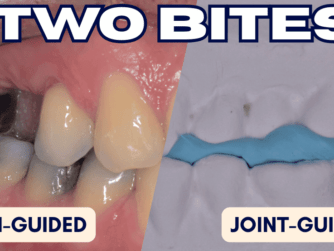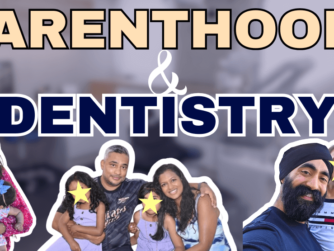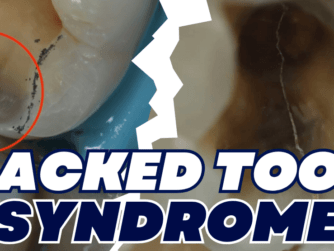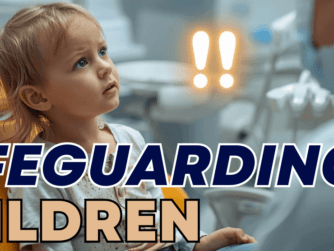Podcast: Play in new window | Download (Duration: 1:08:50 — 97.0MB)
Subscribe: RSS
As our level of Dentistry gets more comprehensive or complex, sometimes it is useful to write a treatment plan letter to your patient. In some practices, this is considered absolutely essential.
The problem with writing treatment plan letters to your patients is that….it’s not easy! It takes time. It takes thought. You need to come up with solutions to the unique and complex problems for our patients, and be able to present an estimate of fees at the same time.
Not only that, but the letter should ideally be easy to understand, visual, detailed enough to be valuable but at the same time concise enough not to complicate it.
Oh and by the way…after all that time and effort, the patient may not proceed with treatment. There goes that Saturday afternoon away from family, totally wasted, right?
I found a solution. Kind of. It’s called MakeMeClear and it generates easy to understand, visual and beautiful treatment plan reports and letters. Once I got slick at using Make Me Clear, I still found it takes time. There is no shortcut/hack to good treatment planning. But there is a shortcut to creating wonderful letters that increase your case acceptance. Thank you, MakeMeClear!
Protrusive Dental Pearl – Do the 21 Day Free Trial for MakeMeClear and do not make the same mistakes I did of not taking action! (It will be more clear when you listen to the episode).
All of the Protruserati clan get 25% OFF the monthly or Annual plan with the code ‘protrusive‘!
If your dental practice subscribes to MakeMeClear then all of the associates and Specialists can use the same membership. Let that sink in! Thank you to Jorge for this awesome deal.
Click here to check out a sample report / example treatment plan letter produced using MakeMeClear.
I am joined by Dr Jorge Cardoso, founder of MakeMeClear, to discuss:
- How and When to Write Letters to patients – is it always?
- What about when there is more than one option – how can you put that in a treatment plan letter without it being confusing?
- What is the role of digital smile simulation images?
- What is you give a ‘global fee’ or ‘ballpark figure’ but things turn out more complex than anticipated?
So many great themes of challenges with comprehensive Dentistry discussed with Jorge.
If you missed his eBook I gave out in the last episode, check out 16 Steps to get More Treatment Plans Accepted Today.
If you enjoyed this episode, you will love Think Comprehensive with Zak Kara.








[…] Treatment Plan Letters with MakeMeClear discount – all of the Protruserati clan get 25% OFF the monthly or Annual plan with the code ‘protrusive‘! Trial it for 21 days and generate letters and listen to Episode 49 – Crystal Clear Treatment Plan Letters […]
[…] If you enjoyed this episode, you will love Crystal Clear Treatment Plans that Wow Patients and are Easy to Understand […]